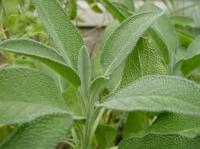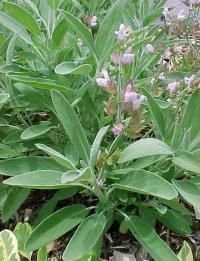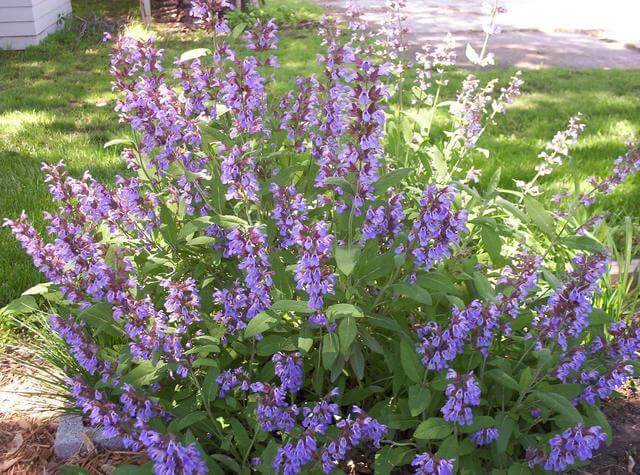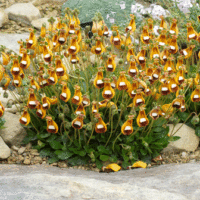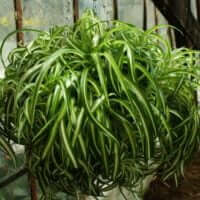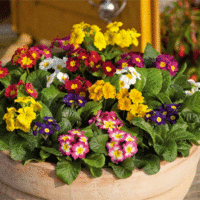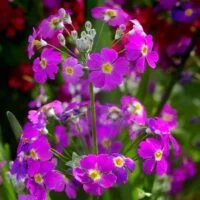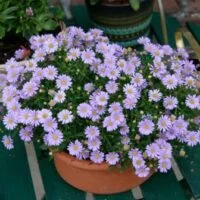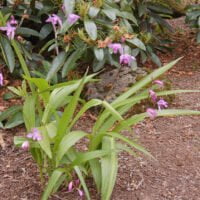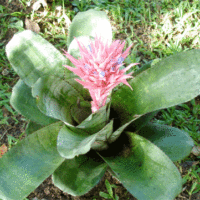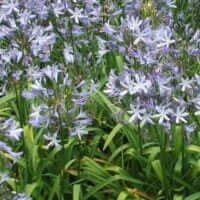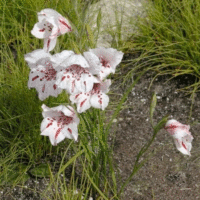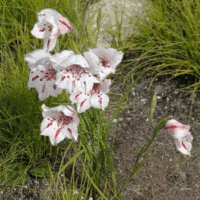| Botanical name | Salvia officinalis |
|---|---|
| Plant Care |  Full Sun Full Sun – Prefers 6 or more hours of sun per day.  Semi Frost Hardy Semi Frost Hardy – Is Able to Survive Moderately Low Temperatures.  Moderate Watering Moderate Watering – Requires Regular Watering.  Pruning Required Pruning Required – Needs to be Pruned.  Non Indigenous Non Indigenous – Exotic to South Africa. |
| Size | |
| Categories | |
| Flowers | The plant bears spikes of purple flowers. |
| Common name(s) | Sage |
| Origin | |
| Foliage | Sage has oval, crinkled pale green to grey foliage. |
| Uses in landscape design | Sage is does well in containers. Plant them in a sandy soil mixture and make sure it is well drained. |
| Planting instructions | This short-lived perennial herb needs to be planted in full sun and well-drained soil to prevent dampingoff. |
| Soil conditions | This herb needs well-drained soil to prevent dampingoff. |
| Uses | The leaves are useful for seasoning and flavouring meat and chicken dishes and sauces. |
| Wildlife attractions | Bees |
| Interesting planting ideas | A good container plant in full sun. |
| Interesting info | It is used in sweet and savoury dishes, and helps with digesting fatty acids. Sage is also aromatic and is a wonderful component to the herb garden. |
| Propagation | Propagate from semi-hardwood cuttings in summer, by layering, or by sowing seed in spring or autumn. |
| Harvest | Pick the leaves just before it starts to flower. |
| When to sow |
Salvia officinalis (Sage)
- Botanical name: Salvia officinalis
- Common name(s): Sage
- Categories: Ground Covers and Perennials, Herbs
Plant description:
Sage grows in attractive, small clumps. It has oval, crinkled pale green to grey foliage and bears spikes of purple flowers.
Family: Lamiaceae
Synonym: Salvia chromatica
Botanical Pronunciation: SAL-vee-uh uh-fiss-ih-NAY-liss.
Salvia officinalis requirements and features
info on these icons
Moderate Maintenance
Requires moderate maintenance.
Prohibited Use Notice: No Data Scraping Allowed Except for Search Engine Indexing:
The content provided on PlantInfo.co.za is intended for personal, non-commercial use only. Unauthorized extraction, reproduction, or use of the data, including scraping, for any purpose other than search engine indexing is strictly prohibited. Violations of these terms may result in legal action. By accessing and using this website, you agree to comply with these conditions and acknowledge the legal restrictions on the use of our content.
The plant bears spikes of purple flowers.
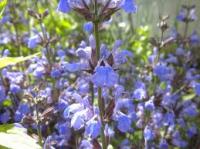
Sage has oval, crinkled pale green to grey foliage.
